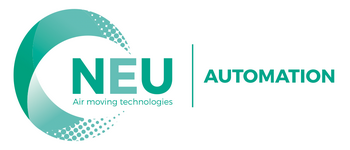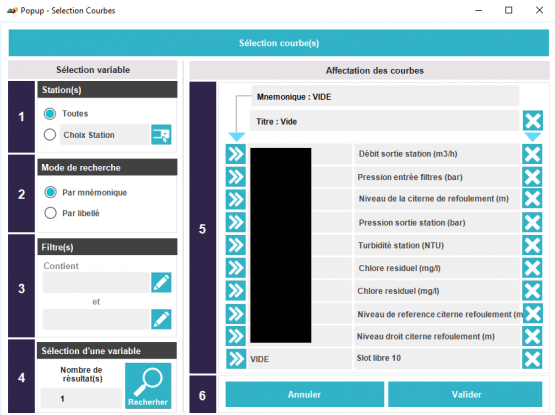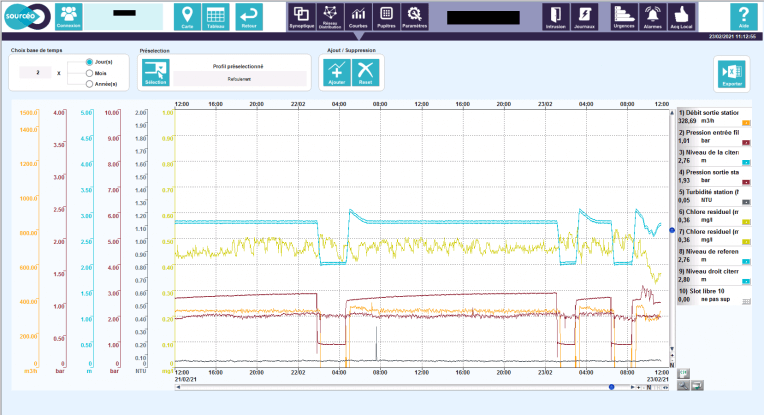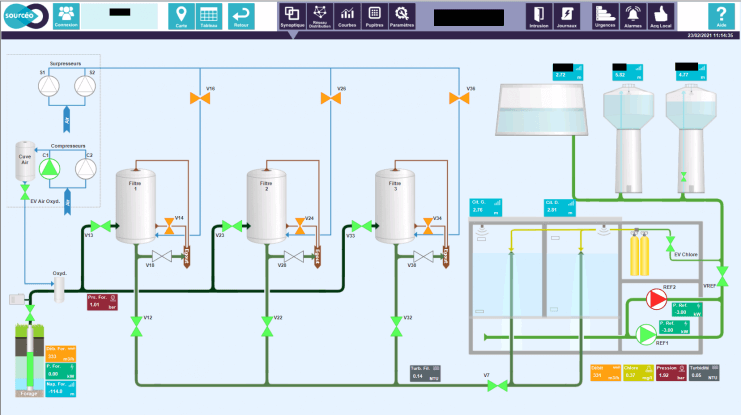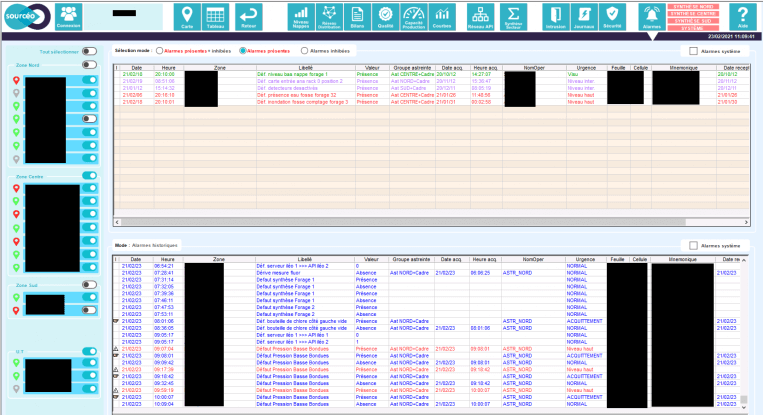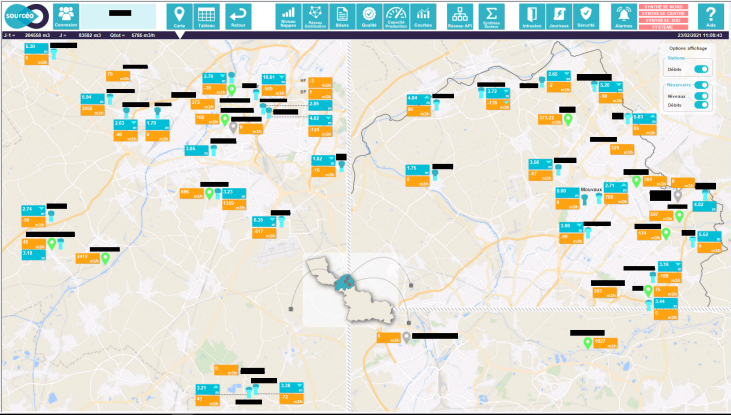Topkapi at the heart of MEL's drinking water production
Sourcéo is the public drinking water production company of Lille European Metropolis (MEL). It manages 16 drinking water production plants and over 100 boreholes, and oversaw the production of more than 43 million m3 of drinking water in 2021. Mr Tibeau Vincent, head of the industrial IT/automation department at Sourcéo, looks back at this strategic and ambitious project for the metropolis.
MEL is responsible for drinking water supply and sanitation in its area. In 2016, it undertook a reorganisation and created Sourcéo, the water production and investment company, with the aim of controlling the management of water resources by taking over the operation of all the drinking water production units in its area, some of which were previously under private ownership.
At its inception, Sourcéo had five supervision tools, all developed during the 1990s and inherited from two operators. The need for a new supervision tool capable of managing as many of the 16 water production plants as possible in a single application quickly became apparent. Furthermore, "the multitude of applications, and their ageing ergonomics, made it too difficult to aggregate operating data to run the plants efficiently in a centralised way," says Tibeau Vincent. "And given their age, it was becoming difficult to upgrade them." Overhauling the drinking water plants' equipment and deploying a hypervision application was therefore a matter of course.
A single supervision application to manage all facilities
To meet its hypervision needs, in 2017 Sourcéo decided to issue a first public tender for the creation of a new tool that would take over 13 water production plants (approx. 30,000 variables) and replace two of the five supervision tools. "Our project was substantial. We had to rethink our remote management architecture (network/servers/API) and acquire a supervision system capable of integrating 13 of the 16 drinking water treatment plants and some 60 boreholes into a single application. We also carried out a thorough internal review with the operating teams to determine precisely what we wanted from this new supervision from a functional viewpoint: our objective was to have a tool that was ergonomic, intuitive and scalable – without, however, imposing a solution," explains Mr Tibeau.
Like the other bidders, NEU Automation – the company that won the tender – recommends the Topkapi software platform. There are two particularly important points in the specifications that govern this choice:
- The need for scalability of the tool, as Sourcéo wanted to plan ahead for the integration of new sites.
- The need for an ergonomic tool enabling standardisation (creation of generic models in the application that can be easily duplicated)
Comments from the integrator
"The Topkapi solution had real advantages for this major project, in addition to the fact that the Sourcéo team was already proficient in it. Topkapi is a so-called "multi-protocol" solution, meaning that it adapts to all types of automation and remote management equipment, irrespective of how old it is. This is a real benefit if you aren't changing the entire asset base of machines – as was the case here. In addition, the synoptic interface is fully customisable thanks to the integrated Javascript editor. This makes the solution malleable, which enabled us to work in depth on the application's graphics and ergonomics, two important aspects for our client."
Francesco Demuru, IT Engineer at NEU Automation
A new supervision application called Sourcéo 2.0, based on the Topkapi software, was created after eight months of development.
Topkapi: standardising with a flexible, scalable and intuitive solution
"From the start of the project, we decided to develop the supervision of a first plant in the form of a POC*, enabling us to create a standard submitted to the project team (comprised of operators), which validated the relevance of our choices before the development and integration of the other plants," explains Mr Tibeau. This first stage made it possible to utilise Topkapi's capabilities to the full, particularly the creation of synoptic views from standard blocks that dynamically evolve according to the rights of the operators and the sites. "For example, we did a lot of work on generating a single curve view for the entire application, for which the parameters (menus, parameters to display, scale, colour scheme) vary according to the plant synoptic, says Mr Tibeau. In another example, we developed a single alarm view that includes all of the plants but remains completely customised at the outset, with the ability to modify the filters according to our wishes by station, sector, type of log, etc."
At the end of the POC, Sourcéo and NEU Automation exploited all of the standardisation power provided by the Topkapi software platform to integrate all of the sites simply and quickly: "In Sourcéo 2.0, we brought together the 13 stations (for which the treatment process was simple) using the same standard. This allowed us to simplify the deployment of our architecture while making the day-to-day work of the operations staff easier. Sourcéo 2.0 supervision is a benchmark for us," says Mr Tibeau.
Looking to the future: capitalising on Topkapi
In 2021, the new Sourcéo 2.0 supervision system will be enriched with a 14th production unit, bringing the number of variables managed by the application to 50,000. "And we don't want to stop there. We're planning to renovate to the same standard the supervision of the last two drinking water plants that require their own application. This year, we started renovating the largest one (30% of SOURCEO's total drinking water production capacity), which alone represents 30,000 variables. This new supervision will benefit from the improvements developed in Sourcéo 2.0, including the tools for automatically generating a graphical interface, communicating with the on-call agents and importing/exporting data with third-party applications offered by the latest developments of Topkapi, says Mr Tibeau. The flexibility of Topkapi enables us to upgrade the system smoothly with full backward compatibility with the developments of the standard."
Comments from the integrator
"Since I've been working on the Topkapi solution, I've been able to appreciate the functional enhancements offered with each new version. It's nice to see that the AREAL team often takes into account users' change requests. Sometimes these are small changes that can make a big difference in our daily work."
Francesco Demuru, Ingénieur informatique chez NEU Automation
"We're proud to have the benefit of a modern and ergonomic supervision system that enables us to ensure the best service for MEL subscribers. Throughout the project, we were able to count on the responsiveness, proactive approach and support of the AREAL and NEU Automation teams, whom we thank for their commitment," concludes Mr J. Boulay, head of the water production department.
*POC: proof of concept
Sourcéo in figures:
- 100 employees
- 16 drinking water production plants
- 100 boreholes
- 1.2 million inhabitants served 24/7
- 43 million m3 of drinking water produced
The Sourcéo 2.0 application in figures:
- Supervision of 14 drinking water production plants
- 50,000 variables
- 20 process controllers
- 24/7 on-call & remote monitoring



